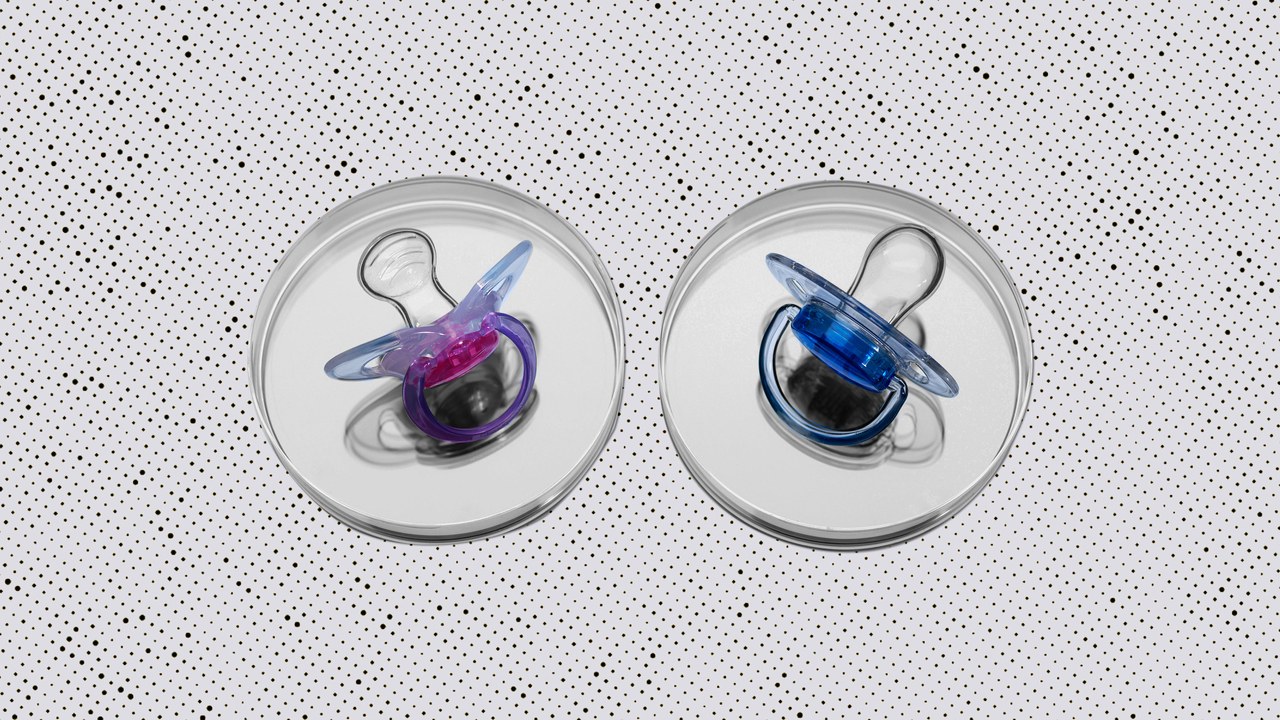6 IVF Treatment Facts You Should Know Before Trying to Get Pregnant

In vitro fertilization—aka IVF treatment—has totally revolutionized the possibilities of pregnancy. And fittingly, it’s getting more and more common: since 1987, over 1 million babies have been born through the use of IVF or another assisted reproductive technology.
But IVF isn’t a silver bullet for infertility. While it is revolutionary, the process can be complicated and confusing to navigate. To get the facts on what you need to know about IVF before trying to get pregnant, we spoke with Elizabeth Fino, M.D., an assistant professor at the department of obstetrics and gynecology at NYU Langone’s Fertility Center and Hal Danzer, M.D., a reproductive endocrinologist and cofounder of the Southern California Reproductive Center, for tips on how to best prepare for your fertility future.
Whether you want to get pregnant now or wait a little longer, it’s a good idea to know where your fertility stands. Luckily, proactive fertility testing is easier to access than ever, with companies like Modern Fertility and Future Family offering affordable, at-home hormone tests.
These tests, among other things, typically measure your levels of Anti-Mullerian Hormone (AMH), which is a good indication of your ovarian reserves (aka how many eggs you have). “If you have a low reserve at 33, then you’re certainly going to have a lower reserve when you’re older,” says Dr. Danzer. It’s not a perfect predictor of fertility—plenty of women with low ovarian reserves go on to get pregnant naturally—but it does give you some insight into potential problems down the road. If your AMH test shows a high ovarian reserve one year and a follow-up test a year later shows a drastic drop, for example, that can be an indicator it’s a good time to talk to a fertility specialist.
Many women think IVF is their first option if they want it, but the reality is many fertility doctors will tell you to try natural pregnancy first. “If you’re 30 to 35, you should try for at least six months and if it’s not working, then you do a work-up to see what to target,” says Dr. Fino.
Even after that, your doctor will most likely try oral or injectable fertility medication before IVF. Of course, there’s always exceptions: super low AMH levels, low sperm count, multiple miscarriages and potential for certain genetic disorders may all influence how quickly a doctor recommends IVF.
IVF is often talked about in the context of women over 35 trying to conceive (that’s considered “geriatric” in fertility years). But like all things related to fertility, your chances of getting pregnant with IVF are better the younger you are—success rates start to decline after your mid 30s. “IVF doesn’t really fix the age of your eggs so you have to think about that early,” Dr. Fino says.
You’ve likely heard that IVF can be expensive. It’s true. And while there are financing plans to make treatment more accessible, you’ll still be looking at a steep price tag.
“Package rates for IVF run about $9,000 to $10,000, while the medications to stimulate the ovaries can be $2,000 to $4,000,” says Dr. Danzer. “So you’re looking at $12,000 to $15,000 overall.” Then there’s the cost of additional testing. “The big add-on that people are taking advantage of is genetic testing of the embryos. There’s also freezing of embryos—that’s an add-on price of about $400 or $500.”
One of the biggest misconceptions about IVF is that it works right away, but the reality is, most women need to do more than one cycle of IVF to get pregnant. “The average is about two to three cycles,” Dr. Fino says. Even with all the revolutionary technology we have at our fingertips, there are still a lot of genetic factors we (or doctors, for that matter) can’t control. “Most IVF failures are not something that a couple can fix, even if a woman has a good, healthy diet and exercises—those are important, but it’s very age dependent,” says Dr. Fino.
The most important fact to know about IVF is it’s not 100 percent successful—the process can take time, money, and even an emotional toll on your life. “There’s a significant emotional drain on the couple and the relationship,” says Dr. Fino. “I encourage couples to find alternative outlets like exercise or therapy to find balance throughout the treatment process.”



